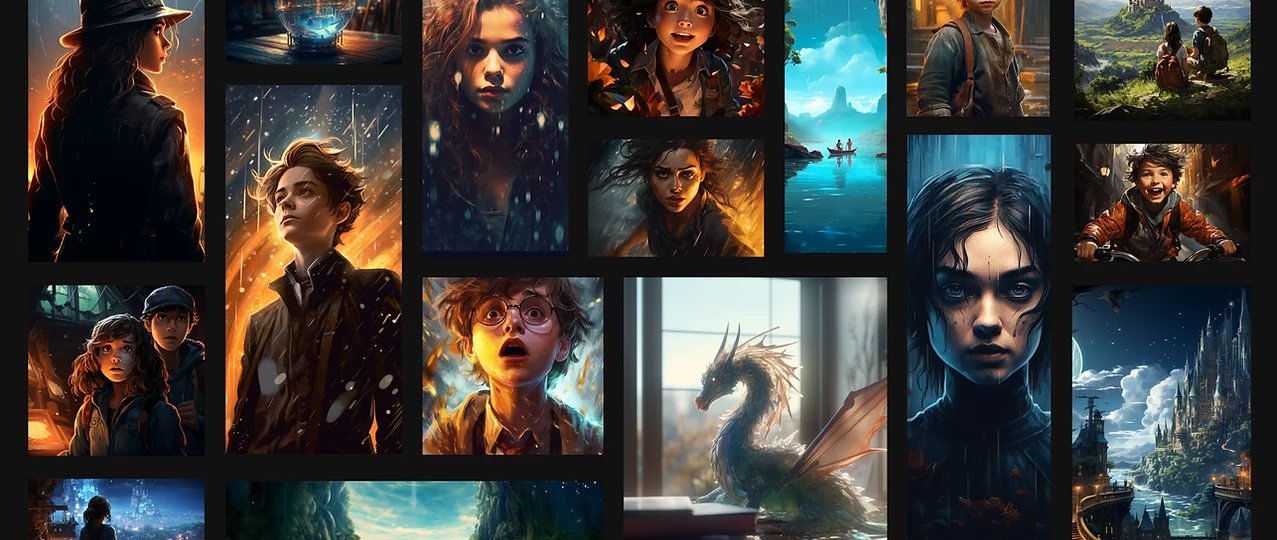The Science Behind Learning Through Stories: A Deep Dive

Introduction
Ever wondered why stories stick with us longer than raw facts? Science shows that our brains are wired for storytelling, making it an effective tool for learning. Stories activate neural pathways associated with emotions, making information more meaningful and easier to recall.
The Neurological Impact of Storytelling
When we hear a story, multiple parts of our brain light up—our sensory cortex processes imagery, our motor cortex simulates movement, and our limbic system registers emotions. This multi-layered activation means that stories aren’t just heard; they are experienced, leading to deeper comprehension and retention.
Bridging the Gap Between Abstract Concepts and Real-Life Application
Stories help simplify complex concepts by putting them into relatable contexts. For example:
- Mathematics: Word problems framed as narratives make abstract numbers tangible.
- Science: Fictional stories about space exploration can make astrophysics more engaging.
- Social Studies: Biographical stories connect children to historical figures and events.
Studies on Storytelling in Education
A study by the National Literacy Trust found that children exposed to storytelling techniques showed increased motivation, comprehension, and vocabulary retention compared to those who learned through traditional methods. Another study by Stanford University highlighted how narrative-based learning enhances problem-solving skills and critical thinking.
Conclusion
Understanding the science behind storytelling can help parents and educators use it as a strategic tool for enhanced learning and retention. By incorporating stories into daily lessons, we create a more immersive and effective educational experience.



